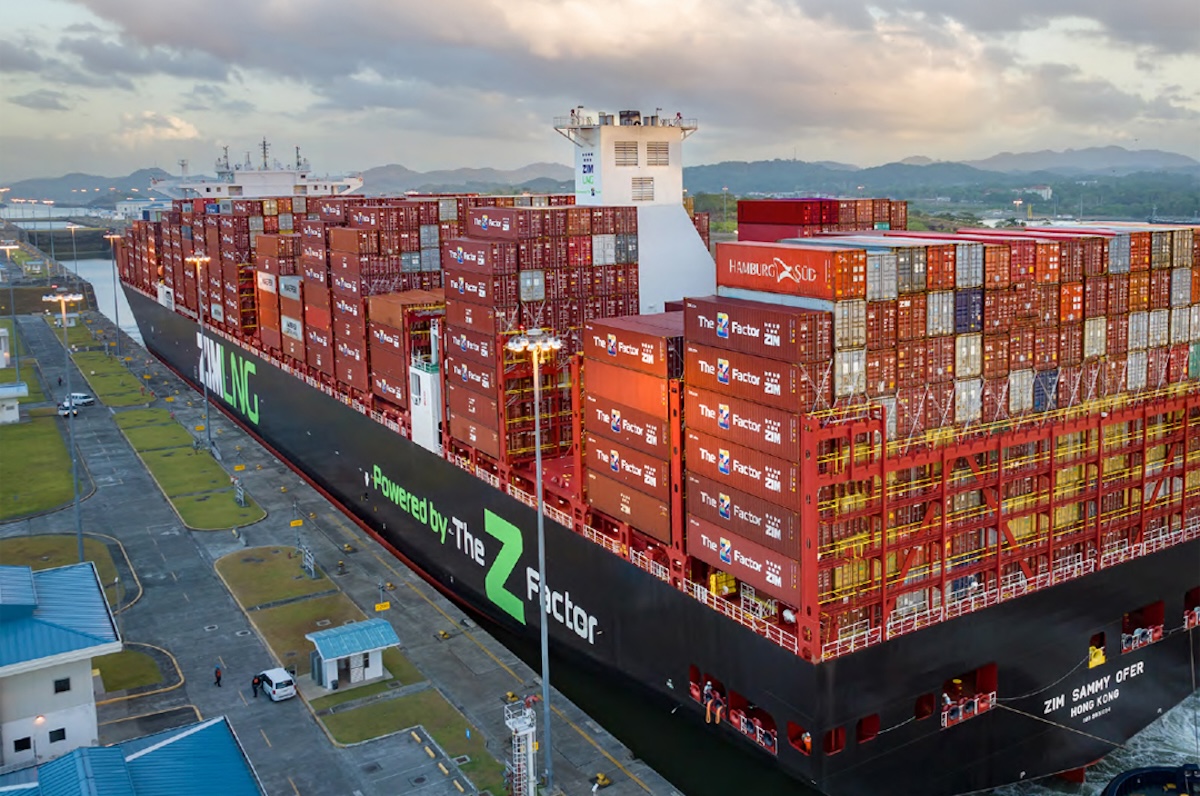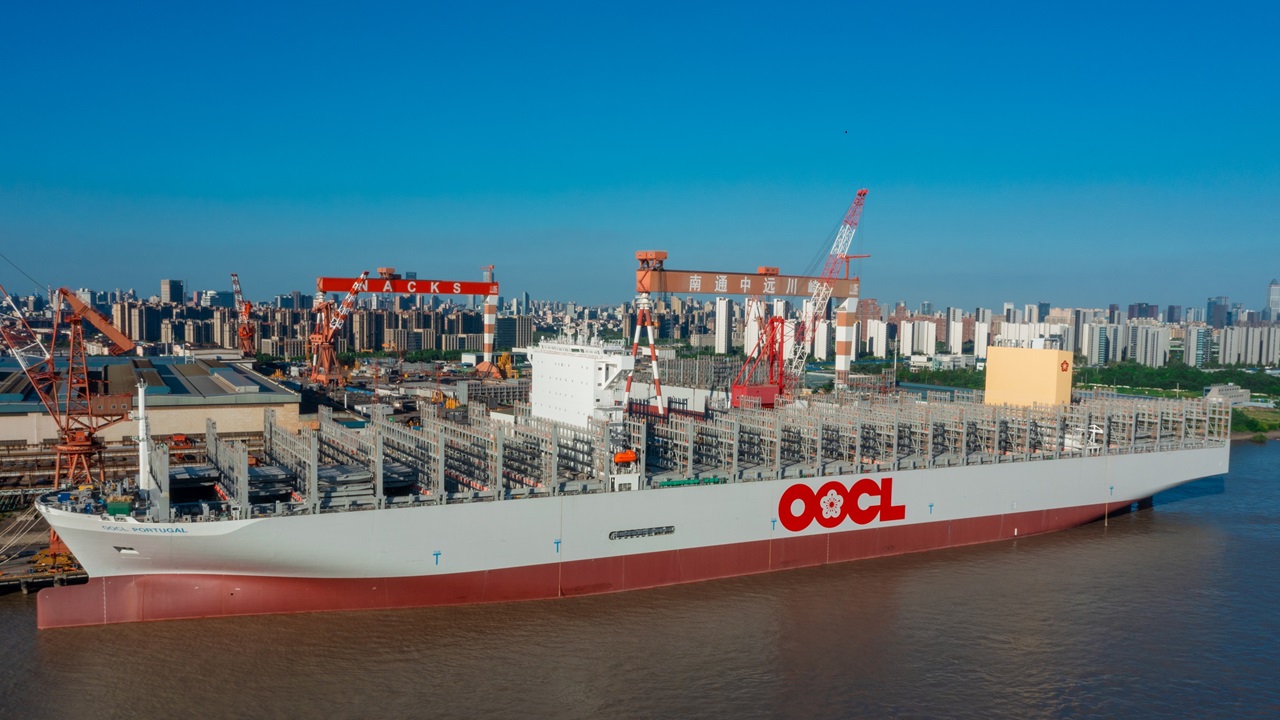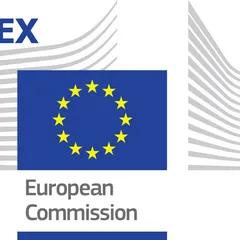CONTAINER SHIPPING FACES A DECADE OF OVERCAPACITY
As the container ship newbuilding orderbook continues growing the impact on the sector could be long lasting.
r
Credit: OOCL
The container ship orderbook has reached its highest level since 2010 with some 31.7% of the current fleet now on order, boosted by a flurry of orders this year.
Analyst Linerlytica reports that the last time that vessel orders exceeded this level was in the period between 2004 and 2009 with the overcapacity and that “ended in a decade-long supply overhang that took 10 years to clear”.
Market volatility coupled with excess capacity in the major trades is expected to continue as some 1 million teu in capacity is expected to be delivered by the end of the year.
Linerlytica pointed out that with the US tariff disruption the peak season normally seen from July to September has already passed in June and July with shippers looking to avoid import duties front loading freight.
Capacity management may offer some respite, but with the two Gemini Cooperation lines, Maersk and Hapag-Lloyd refusing to cut services in order to meet their performance obligations, a slide in demand and new capacity arriving fast the expectation is that spot rates will continue on their downward trajectory.
Other unknown elements, such as US charges on Chinese built ships due to be imposed in the coming months, may yet increase the volatility, possibly increasing rates for American bound cargo, but adding more capacity to other trades, depressing those spot charges.
Related:Top maritime news stories for week ended 22 August
Data from the Hong Kong consultancy suggests that there will be a decline in deliveries in 2026 and much of 2027 but 2028 and 29 will see a ramping up of vessel deliveries again, with minimal demolition currently occurring, three ships totalling 1,787 teu in the last 30 days, the global fleet is set to grow substantially by the end of the decade.
Meanwhile, in today’s market Linerlytica reports: “The 90-day extension of the US tariffs on Chinese imports until 10 November has provided little relief to the flailing transpacific freight rates with the SCFI rates to the US West Coast dropping to $1,759/feu, with several of the smaller transpacific carriers already offering rates of below $1,600/feu.”
The extension of the Chinese import tax has also prevented a diversion of Chinese cargo from the US to Europe which could have affected rates in the European trades, as it is spot rates to both North Europe and the Mediterranean have dipped below $3,000 as the peak season has clearly ended.
A consensus on capacity between the lines has failed to materialise and the outlook for October looks shaky.
“Carriers have lowered their spot rate quotations to North Europe to the $2,500–2,700/feu range, although Gemini Cooperation carriers are offering rates as low as $2,100–2,300/feu as they retain their zero blank sailing policy, while Ocean Alliance carriers remain at the higher end of the rate spectrum with up to 25% of their North Europe sailings scheduled to be blanked in August,” said Linerlytica.
Nick Savvides, Europe correspondent









